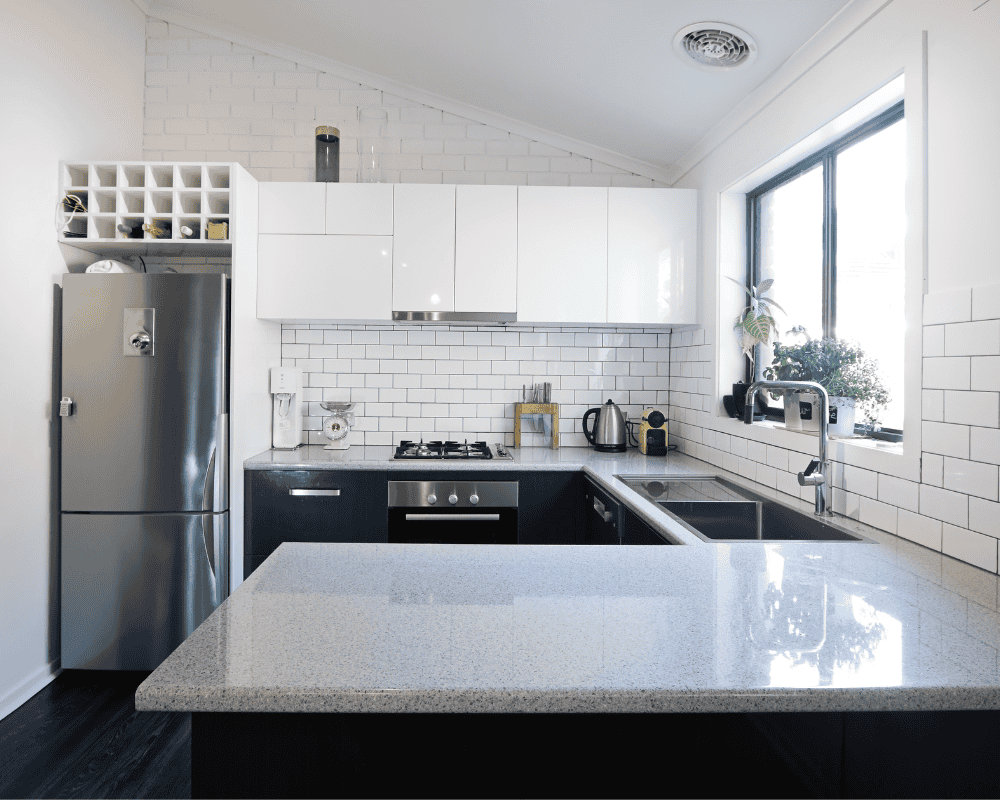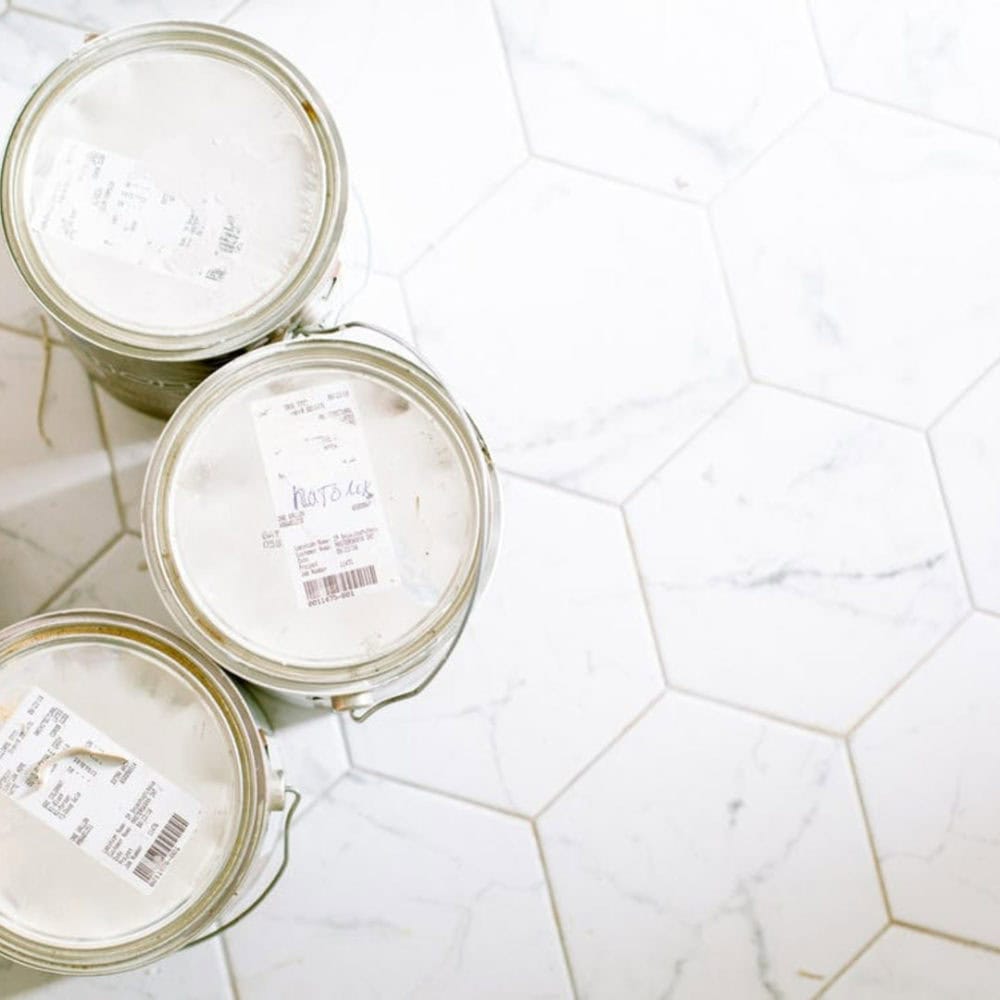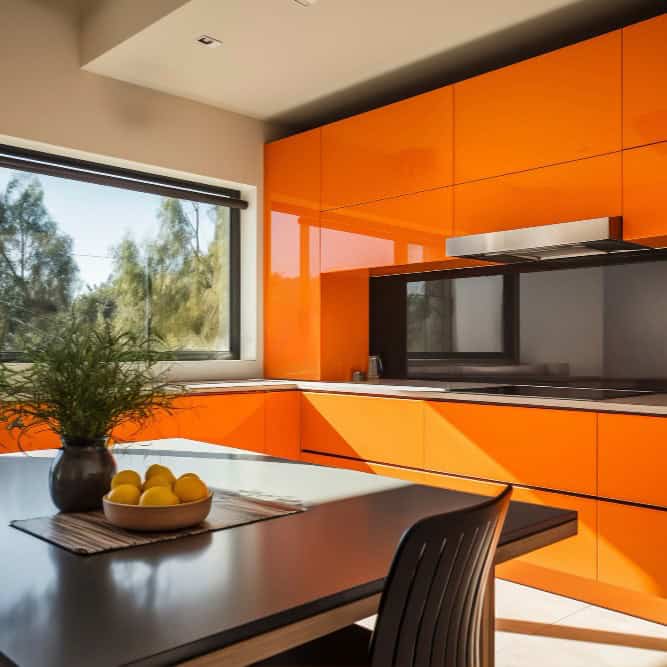Table of Contents
Subway tile, so named because it first appeared in subway stations, is a timeless option that works in various decor styles. Here are a few pro tips to remember when installing this versatile backsplash material.
Avoid laying your tiles in a herringbone pattern to create a clean, classic look. This layout can cause grout lines to drift, creating a messy appearance.
Installation

Subway tiles are a timeless and classic choice for kitchen backsplashes, shower surrounds, and accent wall installations. They offer a clean, crisp appearance that complements various kitchen styles, from traditional to contemporary. While the typical 3-inch x 6-inch subway tile is popular, you can experiment with larger tile sizes to add visual interest to your space. Larger tile sizes also allow for full-height installation, which can help enhance the perspective of smaller kitchens and create a more luxurious look.
Another way to elevate the aesthetic of your subway tile is to choose a unique grout color. Darker grouts can create a bold look that stands out against the white backdrop of your subway tiles. On the other hand, light-colored grouts can provide a subtle blending effect that gives your space a more neutral feel.
Consider incorporating metal accents with your subway tiles for a sophisticated, modern feel in your kitchen. This design scheme can create a sleek and timeless space when combined with stainless steel appliances, sinks, and cabinets.
If you’re looking for a more contemporary style, consider adding herringbone or chevron-patterned subway tiles to your space. This popular tile pattern adds visual interest with its zigzag layout and can elevate the aesthetics of living areas, dining rooms, entryways, and bathrooms. In addition to creating an eye-catching design, these tile patterns are easy to maintain and can be cleaned with a simple wipe-down.
Maintenance
Subway tiles are timeless and easily updated to suit your home’s aesthetic. You can create an eye-catching backsplash or accent wall by incorporating a new grout color or a more modern look. There are several ways to elevate the look of your subway tile backsplash, such as implementing a herringbone pattern or incorporating metal accents.
A popular way to update your kitchen’s look is by incorporating dark grout with white subway tiles. Black grout offers a sleek, contemporary appearance and can introduce an element of drama to your kitchen. It’s also easier to maintain than a light grout, as it hides dirt and stains better.
Another option is to use a textured finish on your subway tile backsplash. This creates an interesting contrast to the smooth surfaces of other backsplash materials. You can find various texture options, including natural stone, glass, and porcelain.
If you want a more modern feel in your kitchen, consider using oversized subway tiles to add interest to your walls and backsplashes. This trend is becoming increasingly popular and is perfect for creating a unique, eye-catching design.
Another way to elevate your subway tile backsplash is by arranging them vertically instead of horizontally. This change in direction can instantly give your kitchen a fresh new look. If you decide to go with this option, be sure to measure all of your tiles and mark the center of each one so that grout lines stay straight.
Design

Subway tile, with its clean lines and timeless elegance, brings a sense of sophistication to any kitchen or bathroom. Its versatility lets you incorporate unique elements into your design for a truly personal space. You can enhance the look of your subway tiles with patterned borders or accents. Using different finishes and colors can also create interesting visual effects. For example, a glossy finish can reflect light and add brightness to your space, while a matte or tumbled finish can create a weathered appearance.
While white subway tiles remain a popular choice, other colors can offer a fresh alternative. For example, gray subway tiles can anchor a kitchen with darker cabinetry or accent walls. They can also be paired with neutral or natural-toned countertops to add contrast and visual interest.
Another way to elevate your subway tile is to use it in a herringbone pattern. This zigzag pattern adds texture and movement to your space and draws the eye to focal points like islands or stoves. It can also complement minimalist designs, bringing a touch of luxury to the otherwise simple aesthetic.
Materials
While white subway tiles are the standard choice, they’re available in various colors and shapes to help homeowners create unique designs. Consider a dark gray tile with contrasting grout for a modern look, or experiment with a herringbone pattern to create visual interest.
Subway tile also comes in different surface finishes, such as glazed and unglazed ceramics. Glazed tiles offer a glossy, stain-resistant finish that’s easy to clean, while unglazed ceramic provides a rustic, more natural aesthetic. Both types of subway tile are durable enough for kitchen backsplashes, but the type of material you choose should depend on your budget and desired aesthetic.
Despite their origins in subway stations, subway tiles have become popular for modern home design and hardworking spaces like laundry rooms and mudrooms that benefit from low-maintenance surfaces. Subway tiles complement other materials, including wood and stone, in kitchens, bathrooms, entryways, and living areas.
While traditional subway tiles come in a 3 x 6-inch format, they’re available in other sizes to accommodate various installation applications. Using larger subway tiles, such as 4-inch x 8-inch or even 4-inch x 12-inch formats, helps elongate a backsplash and draw the eye upward. In addition, using a herringbone or offset pattern can dramatically change the look of a space.



